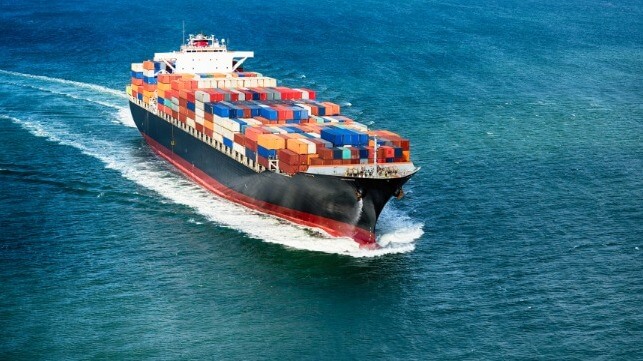Carrier Schedule Reliability Returns to 2020 Levels as Backlogs Recede

While much of the attention has been on how the declines in container volumes have caused freight rates to plummet in 2022, it is also having a positive effect on the schedule reliability of the major carriers. In its latest monthly update, market research and data analytics firm Sea-Intelligence highlight that the container carriers' schedule reliability during October had its strongest monthly improvement, which is also being seen by the declining backlog of vessels at major container ports.
Sea-Intelligence CEO Alan Murphy reports that both schedule reliability and the average delay for vessels have returned to levels more consistent with 2020 than the levels seen over the past two years. Analyzing the performance across 34 different trade lanes and more than 60 carriers during October 2022, Sea-Intelligence shows that schedule reliability surpassed 50 percent for the first time in two years, while the average delay calculated in the number of days is at its lowest point since November 2020.
“Global schedule reliability improved by 6.6 percentage points month-to-month in October 2022 and reached 52.0 percent,” says Murphy. Sea-Intelligence’s data shows that it was the largest monthly improvement for the carriers. Overall, schedule reliability is up seven out of the last ten months, after plummeting to a historical low of just 30 percent at the beginning of 2022. The decline began in late 2020, reaching a point where less than one-in-three vessels were maintaining their schedules in 2021. The industry averaged just 35.8 percent schedule reliability for all of 2021. After 10 months, the average for 2022 is 39.5 percent having passed 40 percent in July and 50 percent in October.
“Average delay is now consistently below the 6-day mark,” highlights Murphy, saying it “is closer to the 2020 level than the 2021 one. The average delay for late vessel arrivals has also been improving consistently since the start of the year.”
In October 2022, the average delay improved once again, dropping by another -0.31 days month-to-month to 5.56 days. The average for all of 2022, however, is still at 6.6 days, far above the historic average of around 4 days.
The 14 largest carriers all showed year-over-year improvements in their schedule reliability as well as month-to-month improvements versus September 2022. The strongest improvements continued to come from the carriers based in Asia, including ONE, COSCO, HMM, and Evergreen. Interestingly though, the largest carriers are also showing the best schedule reliability. Maersk, for example, which in September was the only carrier above 50 percent improved by another three percentage points in October. MSC had one of the strongest month-to-month improvements jumping from just over 45 percent in September to nearly 54 percent schedule reliability in October. CMA CGM was the only other carrier above 50 percent in October.
These statistical improvements are also being seen in the reduction in the number of vessels waiting for berths at major container ports. Savannah, for example, which a month ago forecasted a gradual easing in its vessel congestion currently has around 20 containerships in its anchorage according to AIS data. That is down from around 35 ships at the beginning of October.
Similarly, in Southern California which was the scene of one of the worst backlogs, the Marine Exchange declared the backlog over in late November. At the beginning of December, they reported that zero containerships had been in the anchorage off Los Angeles and Long Beach in the past few days while otherwise there was possibly one containership in the anchorage on some days meaning the ports were back to pre-COVID levels. Even the Port of New York New Jersey, which has been the busiest container port in the U.S. for the past three months, reports that vessels are arriving and departing in an orderly fashion with no large backlog waiting offshore.
